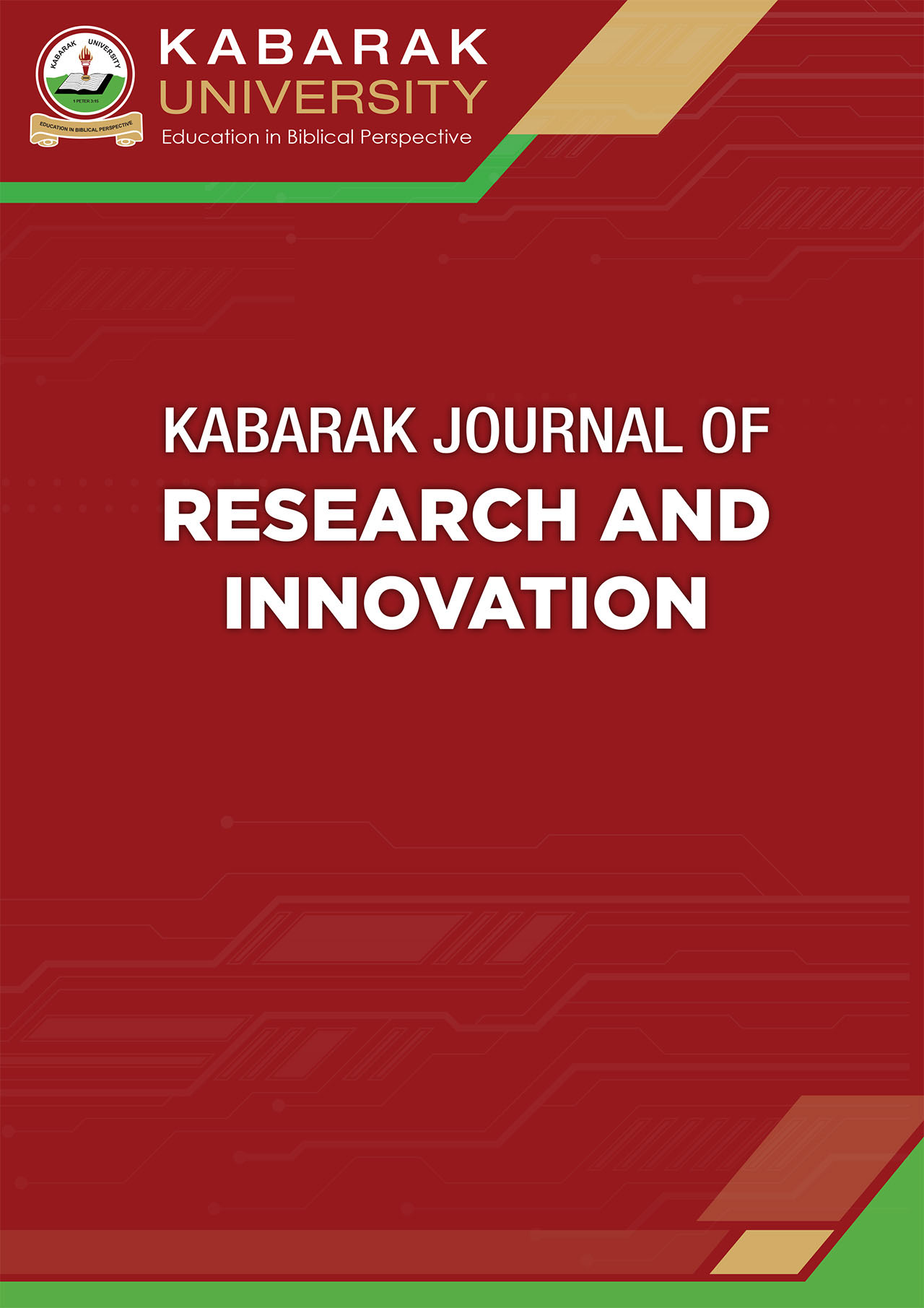Measures of Effective Psychological Care Strategies Used with Looked-After Children and Youths
DOI:
https://doi.org/10.58216/kjri.v12i1.56Abstract
This paper provides a framework for ascertaining the effectiveness of psychological interventions when working with looked-after children in institutions of care. The paper is derived from a review of various studies in the area of psychological care for looked-after youths and children in different contexts around the globe. The review revealed that the effectiveness of psychological interventions may be ascertained by the presence of the following signs in looked-after youth and children: self-awareness, self-regulation, self-motivation and sense of mastery. Therefore, caregivers and institutions need to develop a framework for evaluating the effectiveness of their psychological intervention programmes. Although this paper is based on a review of literature, it contributes towards establishment of effective strategies for evaluating the effectiveness of their psychological intervention programmes given to youths and children in institutional contexts. Most importantly, such a study may identify bottlenecks that hinder optimum rehabilitation and development of youths in care. This will be achieved through finding out the extent to which the provision of psychosocial support services impacts on development of personal competencies, i.e. resilience which is key in maintaining a normal personality. A balanced personality is important because it will help the looked-after children to grow and develop normally a prerequisite for achieving full human functioning.
Downloads
Downloads
Published
How to Cite
Issue
Section
License

This work is licensed under a Creative Commons Attribution 4.0 International License.
The Kabarak Journal of Research and Innovation (KJRI) provides immediate open access to all its published content. This is in line with our commitment to making research freely available to the public, supporting a greater global exchange of knowledge.
All articles are published under the Creative Commons Attribution 4.0 International License (CC BY 4.0). This license permits unrestricted use, distribution, and reproduction in any medium, provided the original author and source are properly credited.
Readers are free to read, download, copy, distribute, print, search, or link to the full texts of articles without asking prior permission from the publisher or the author.


